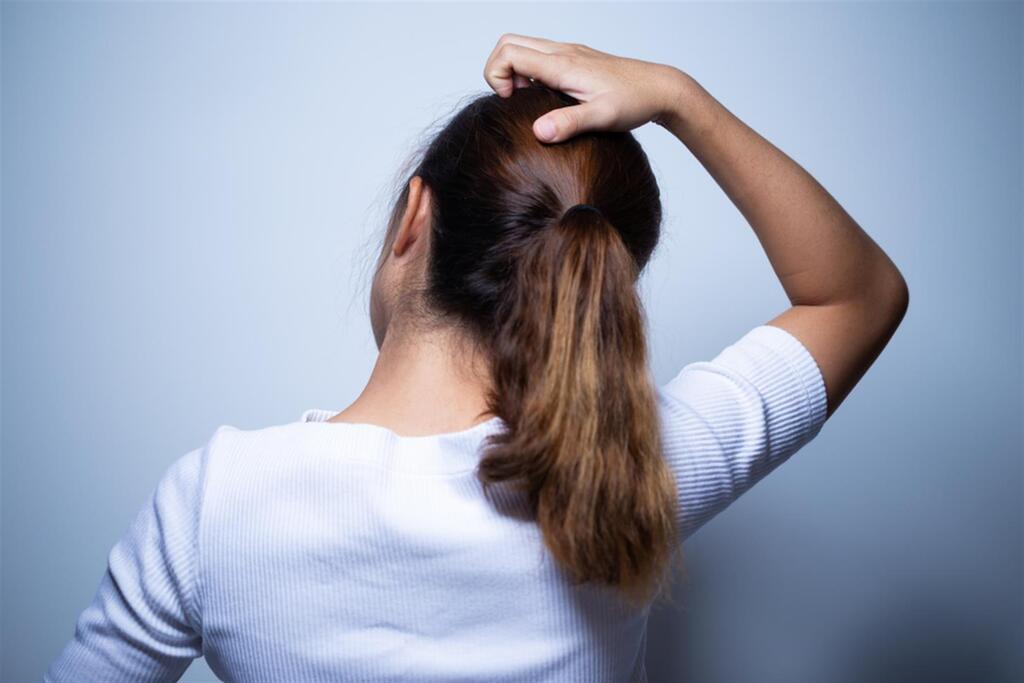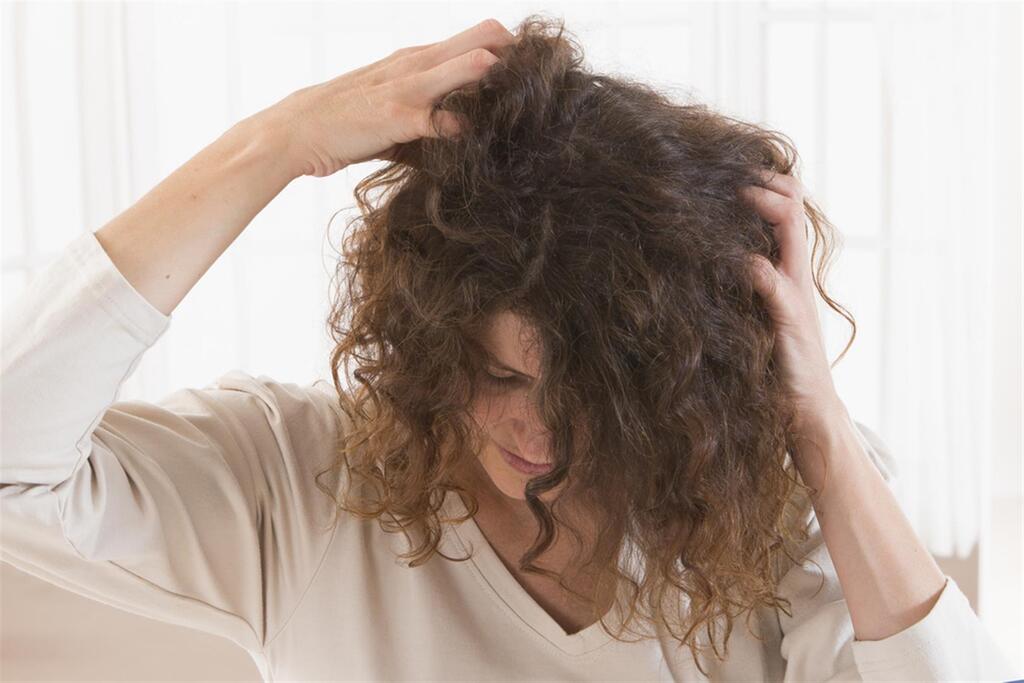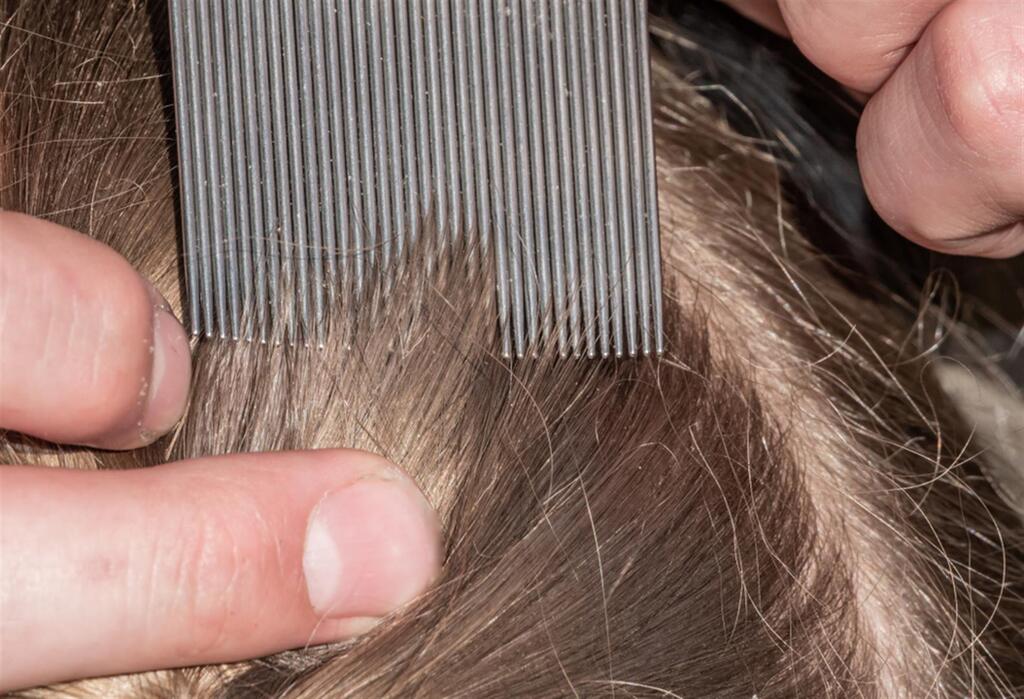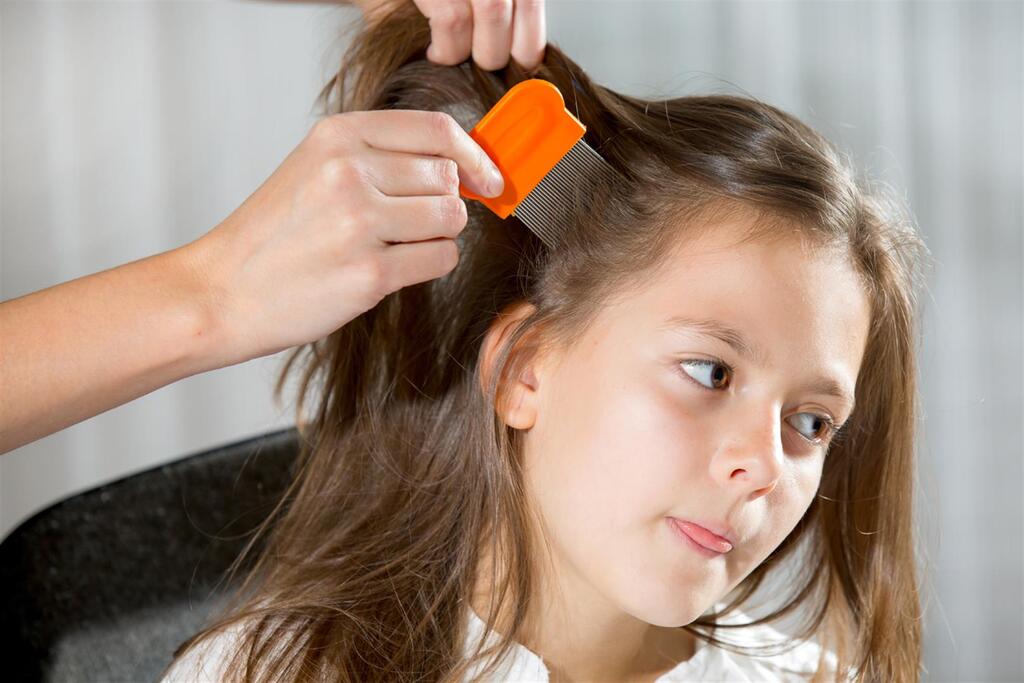Getting your Trinity Audio player ready...
Lice infestations are a common annoyance that can affect people of all ages throughout the year, including during the summer vacation season. In recognition of this, we have gathered essential information about lice treatment for the benefit of children, parents, and anyone seeking guidance in dealing with this issue.
Read more:
What are lice, anyway?
Lice are tiny insects with a grayish-brown color, measuring up to four mm in size. They come in various types, with head lice being the most familiar. Head lice infest and cling to human hair, where they can reside for up to 30 days. The presence of lice often causes an uncomfortable itching sensation, which occurs as they feed on blood by piercing the skin and secreting saliva that can trigger an allergic reaction.
How do you contract it?
Lice infestation occurs through direct contact with an infested individual's head or by using shared items like hairbrushes, towels, or bedding. It can affect anyone, regardless of age or gender, but it is more common among children aged four to 12 years. This age group tends to have closer contact with one another. Girls with long hair are also more susceptible to lice infestations as the insects can easily transfer from one head to another.
What are the symptoms?
The most common symptom of a head lice infestation is an itchy scalp. However, some individuals may not feel any itching at all, while others may only experience it after a couple of months from the time of infection. Regardless, scratching the scalp can lead to the formation of sores on the skin, particularly in the scalp area, nape of the neck, and occasionally the upper back.
These persistent wounds can potentially lead to bacterial infections on the skin. In severe cases, it may cause an elevated body temperature and swelling of the lymph nodes at the back of the neck. If such symptoms occur, it is advisable to consult a dermatologist for evaluation and consider starting antibiotic treatment.
The one plus in this rather pervasive nuisance, is that head lice do not transfer diseases, but they do transfer each other.
What about their life cycle?
Lice primarily inhabit the hair, particularly in warm areas near the scalp such as behind the ears and at the back of the neck. They lay their eggs, also known as nits, close to the scalp where they become firmly attached. Initially, the eggs have a brown color, but after approximately seven to ten days, they turn white as the lice inside them develop and prepare to hatch. A young louse reaches adulthood in around ten days and becomes capable of laying its own eggs. The life cycle of a louse ranges from one week to one month, during which it can lay hundreds of eggs.
Lice may be visible on the surface of the hair, or they can be detected through combing the scalp with a fine-toothed comb. Wetting the hair and using conditioner can make it easier to find lice during combing.
How do you diagnose it?
To determine if lice are present on the scalp, it is necessary to carefully examine the hair and scalp. This can be done by using a magnifying glass to look for the presence of lice and active, moving lice eggs. Another method involves combing the hair with a fine-toothed comb to locate lice and live eggs. These diagnostic approaches are effective in confirming the presence of lice and guiding the appropriate treatment.
How does treatment work?
Treatment for lice should only be initiated if lice and live eggs are found on the child's head. It is important to note that there are other scalp conditions that can cause itching, so if lice are not detected, it is advisable to seek examination by a dermatologist.
The most effective treatment for lice removal involves a combination of special lice-killing preparations and mechanical removal using a fine-toothed comb. Nowadays, there are also non-comb-based treatments available.
These preparations in Israel are no longer pesticide-based like in the past, but instead utilize silicon-based formulas that physically damage the structure of lice and eggs. Some treatments cause suffocation or respiratory damage to the lice, while others wrap and dehydrate them. There are also preparations that are easy to wash off the scalp and do not contain silicon.
It is essential to use lice treatment preparations that have been approved by the Ministry of Health. Carefully read and follow the instructions provided with the product. The solution should be applied to the entire scalp and hair close to the scalp, as directed. After using the treatment, comb the hair with a fine-toothed comb to remove any remaining lice and eggs, depending on the specific instructions of the chosen treatment.
For cases where treatment with lice-killing preparations is not suitable, such as with infants under the age of six months, manual removal of lice using a fine-toothed comb is necessary. It is recommended to comb the child's hair every three to four days for at least two weeks, or until no live lice or dark eggs are found. Remember, in cases where other family members are affected, all individuals should be treated simultaneously to prevent re-infestation.
From nuisance to quality time
Let's acknowledge the common misconception that lice are associated with neglect and dirt, which often leads to a feeling of disgust. It is important to recognize the impact of our reactions on children's feelings during lice treatment. If we approach the situation with pressure and disgust, it can negatively affect their experience. Instead, we should strive to create a cooperative, pleasant, and calm atmosphere, which requires changing our perception of these little creatures and making peace with them. By doing so, we can send a reassuring message to children.
Nevertheless, treating lice can still present challenges, as revealed by an internet survey conducted by the Brandman Research Institute for the Lapidot company. The survey involved a sample of 500 women and men, highlighting the difficulties encountered during lice treatment.
Let's chill first
As parents, we play a significant role in shaping our children's perception of lice treatment. Therefore, it's important for us to remain calm and composed. Lice infestation is a common occurrence known as a "childhood disease," and it can be effectively treated. By implementing proper and consistent treatment methods, we can address this issue with ease. Soothing self-talk is recommended to remind ourselves that lice are manageable and temporary.
Contracting lice is quite easy, and many of us can recall our own experiences as children. As adults, we naturally want to avoid having lice on our heads, as it may be perceived as unhygienic or neglectful. We may also worry about the opinions of our colleagues. To minimize the risk of transmission, it's best to keep our hair tied up during treatment. Additionally, if we are aware that our children have lice, it's advisable to reduce close physical contact until the infestation is resolved.
Explaining it to our kids
Our goal is to guide children through the process of lice treatment, which is essential for getting rid of the bothersome itchiness. Before starting the treatment, it's important to explain each step to the children, providing them with a clear understanding of what to expect. By outlining the process with certainty and confidence, we can create a sense of calmness. We will begin by combing the hair, followed by the application of a special shampoo, and finally, multiple rounds of thorough washing.
For information, you can use books and videos, and even drawings: the children can draw the head before and after the treatment. Yes, this is the time to develop and practice our creativity, a very important quality in parenting. From here, we can give the children a variety of choices so that they feel like partners, with the ability to choose, who see them and value their opinion.
Allow the children to choose between options that are acceptable to you, for example, sit on the chair or the stool, choose the blue or white towel, watch while being treated the program they like, or listen to the songs they choose. The children can also choose a fun activity after the lice treatment, in order to encourage them to cooperate and finish the treatment as quickly as possible.
Share the treatment
If parents also happen to get infected with lice from their children, it presents a perfect opportunity to reassure the little ones. By saying, "Hey, we got lice too, but don't worry, we'll handle it together and overcome this challenge." This shared experience can become a bonding moment for the family. Encourage the children to tap into their imagination and invent a superhero team that fights lice. Let them come up with creative names for the heroes, further engaging them in the process and making it a fun and empowering activity.
What's a good way to pass time as you're treating it?
The lice treatment process can be an opportunity to strengthen our relationship with our children. It provides a special time when we can sit together with them without many distractions. During this time, we can engage in open and meaningful conversations with our children. We can show genuine interest in their lives, ask about their day, what they have learned, their favorite songs, or any interesting experiences they have had. It's also a chance to share our own experiences with lice treatment from when we were children, creating a sense of connection.
When engaging in conversation, it is important to ask open-ended questions that encourage our children to share their thoughts and feelings. By allowing them to speak and actively listening, we convey the message that their opinions and experiences are valued. This kind of conversation can foster a sense of importance and belonging in our children. Moreover, it deepens the bond between us as parents and provides a glimpse into their inner world, helping us to understand them better.
During the lice treatment, it is important to encourage and reinforce the cooperation of our children. We can praise their patience, maturity, and understanding of the importance of the treatment. Even if they express complaints or discomfort, it's essential to focus on the positive aspects we observe. For instance, we can say, "I understand that it's not the most pleasant experience, and I'm proud of you for sitting through it. It shows great maturity."
In conclusion, let's remember the key elements for a smoother lice treatment: setting a personal example, providing choices and empowerment, strengthening connections through meaningful conversations, active listening, and showing genuine interest. Additionally, let's encourage and reinforce desired behaviors and qualities. By incorporating these strategies, we can make the lice treatment process easier for both ourselves and our children.





